Serving Pierce County, South King County, and Surrounding Areas
$250 OFF NEW WATER HEATER INSTALLATION
How to Unclog Drains: Effective Methods and When to Call a Professional
December 12, 2024
How to Unclog Drains: Effective Methods and When to Call a Professional
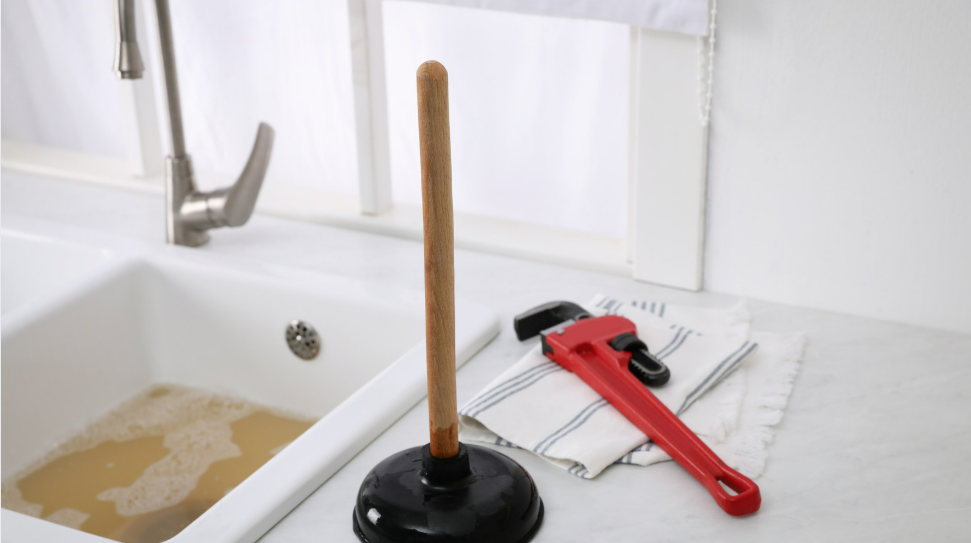
Clogged drains are the last thing anyone wants, it can be a major inconvenience, disrupting the flow of water in your sinks, tubs, and showers. Whether you're dealing with a small obstruction or severe blockage, there are a several ways to clear the drain yourself before calling in a plumber. In this article, we’ll discuss common techniques for unclogging drains, which may include using a plunger, a drain snake, natural remedies like baking soda and vinegar, and when it’s time to call in the professionals.
1. Using a Plunger to Clear Minor Clogs
A plunger is often the first tool people reach for when dealing with a clogged drain. It's simple to use, inexpensive, and effective for many types of blockages, especially in toilets and sinks.
How to Use a Plunger:
• Choose the right plunger: There are two main types of plungers. For sinks and tubs, use a cup plunger (flat, with a rubber cup), while for toilets, a flange plunger (with a bell-shaped base) is best.
• Prepare the drain: If you’re working on a sink or tub, fill the basin with enough water to cover the plunger’s cup. For toilets, ensure the bowl is filled to a sufficient level.
• Seal the drain: Place the plunger over the drain and ensure it forms a tight seal.
• Plunge vigorously: Pump the plunger up and down rapidly for 15-30 seconds. You should feel resistance as the air is pushed through the drain. Repeat a few times if necessary.
• Test the drain: After a few plunges, check if the water drains freely. If it does, the clog is cleared!
Tip: If the blockage is in a toilet, make sure to use a plunger with a flange. If it’s a sink or tub, ensure the overflow holes are covered to create proper suction.
2. Using a Drain Snake (Plumbing Auger)
If plunging doesn't solve the problem, a drain snake might be the next best option. This long, flexible tool is designed to reach deeper into your pipes to remove stubborn blockages.
How to Use a Drain Snake:
• Insert the snake into the drain: Feed the snake into the drain slowly. You might need to rotate the handle as you go, which allows the coil to work its way deeper into the pipe.
• Locate the blockage: You’ll feel resistance when the snake meets the clog. Once you reach it, try to break it apart by rotating the handle or pushing the snake forward.
• Remove the clog: If the blockage is dislodged, slowly pull the snake out while continuing to rotate it to avoid damaging your pipes.
• Flush the drain: After removing the snake, run hot water through the drain to flush away any remaining debris.
Tip: For tougher blockages, consider using a motorized drain snake, which is available for rent or purchase at many hardware stores. These are more powerful and can handle deeper clogs.
3. Natural Methods for Clearing Clogs: Baking Soda and Vinegar
If you prefer a more eco-friendly and chemical-free solution, you can try using common household ingredients like baking soda and vinegar. This combination creates a fizzing reaction that can help break up grease, soap scum, and organic matter in your pipes.
How to Use Baking Soda and Vinegar:
• Pour baking soda down the drain: Pour about half a cup of baking soda directly into the drain.
• Add vinegar: Follow with half a cup of white vinegar. The mixture will fizz and bubble as it reacts.
• Wait and let it work: Cover the drain (you can use a rag or a drain plug) and wait for about 15-30 minutes. The fizzing action helps to loosen debris and clear mild blockages.
• Flush with hot water: After waiting, flush the drain with boiling water to clear the loosened material.
Tip 1: For extra cleaning power, you can also add salt to the baking soda before pouring it into the drain.
Tip 2: We do not recommend using Drano to clear your drains. Drano is a powerful chemical to help unclog a drain due to how corrosive it is. If used repeatedly or if it sits in the pipes for an extended period, it can cause deterioration of pipes over time.
4. When to Call a Professional Plumber
While most minor clogs can be cleared using the techniques mentioned above, there are times when you should call a professional plumber. If you’ve tried using a plunger, drain snake, or natural methods without success, the blockage may be deep in your pipes, requiring special equipment or professional expertise.
Signs You Should Call a Professional:
• Multiple drains are clogged: If multiple drains in your home are backing up at once, the issue may be with your main sewer line. This can indicate a serious blockage that requires professional attention.
• Persistent odors: If the smell from your drain is foul and won’t go away after attempts to clear it, there could be an issue with the sewer line or a deeper obstruction.
• Slow draining that doesn’t improve: If water is draining slowly despite trying to clear the blockage, it could be a sign of a larger or more complicated problem.
• Frequent clogs: If you experience frequent clogs in the same drain or area, there may be an underlying plumbing issue that needs professional diagnosis.
Conclusion
Unclogging drains can often be done with simple tools and methods that you likely have around the house. From using a plunger and drain snake to natural remedies like baking soda and vinegar, there are several ways to tackle minor blockages. However, for more severe or persistent clogs, don’t hesitate to call a professional plumber to ensure the issue is properly addressed.
By learning the right techniques for clearing drains, you can save time and money while keeping your plumbing in good working order. Just remember that if all else fails, JC Plumbing is just a phone call away!
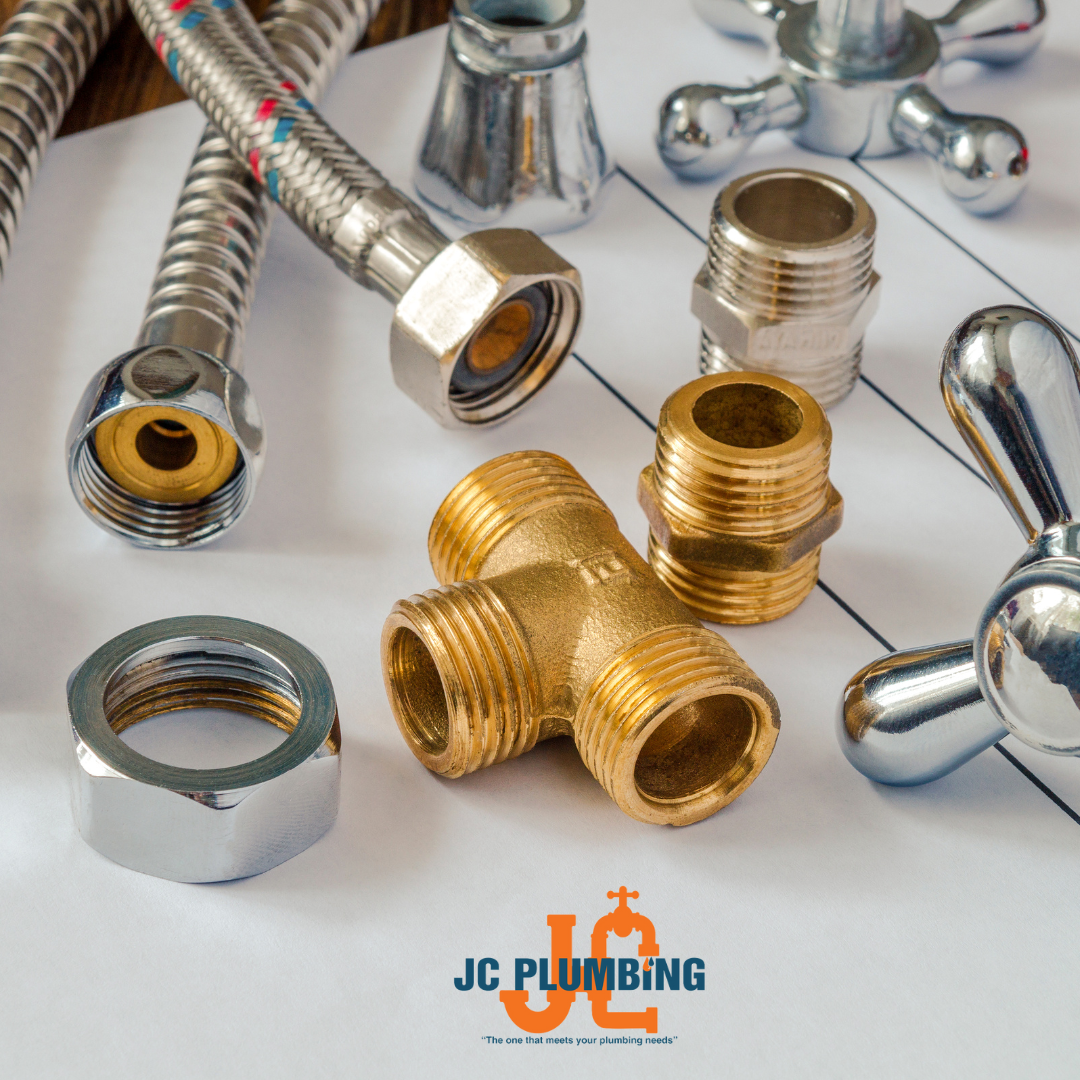
serving Area
Algona
Auburn
Black Diamond
Bonney Lake
Buckley
Burien
Covington
Des Moines
Edgewood
Enumclaw
Federal Way
Fife
Gig Harbor
Kent
Lakewood
Milton
Pacific
Parkland
Puyallup
Renton
SeaTac
South Seattle
West Seattle
Spanaway
Steilacoom
Sumner
Tacoma
Tukwila
University Place
and surrounding areas
Business Hours
- Mon - Fri
- -
- Saturday
- -
- Sunday
- Closed
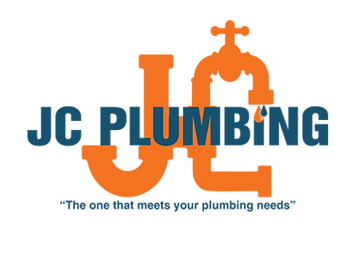

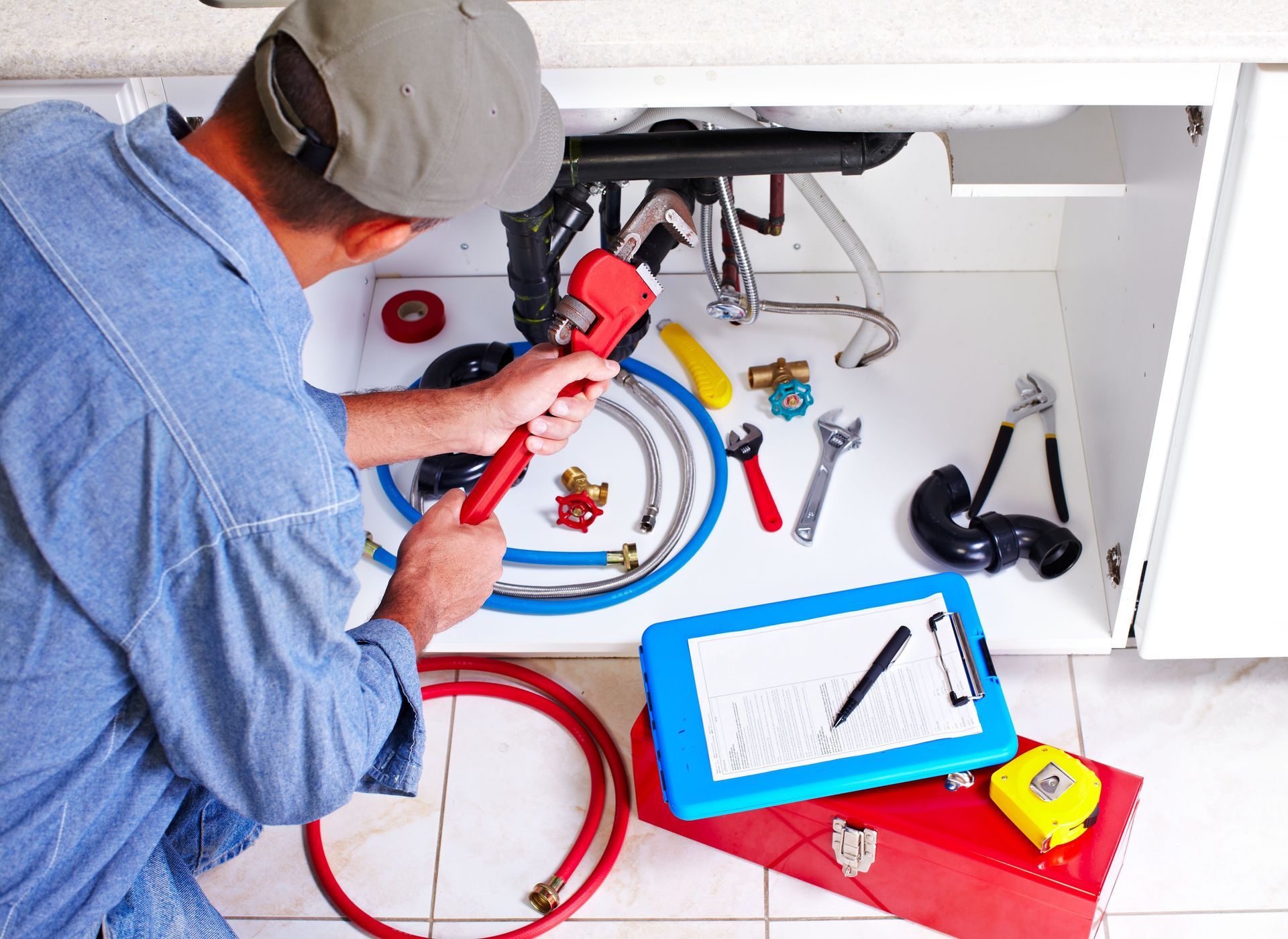
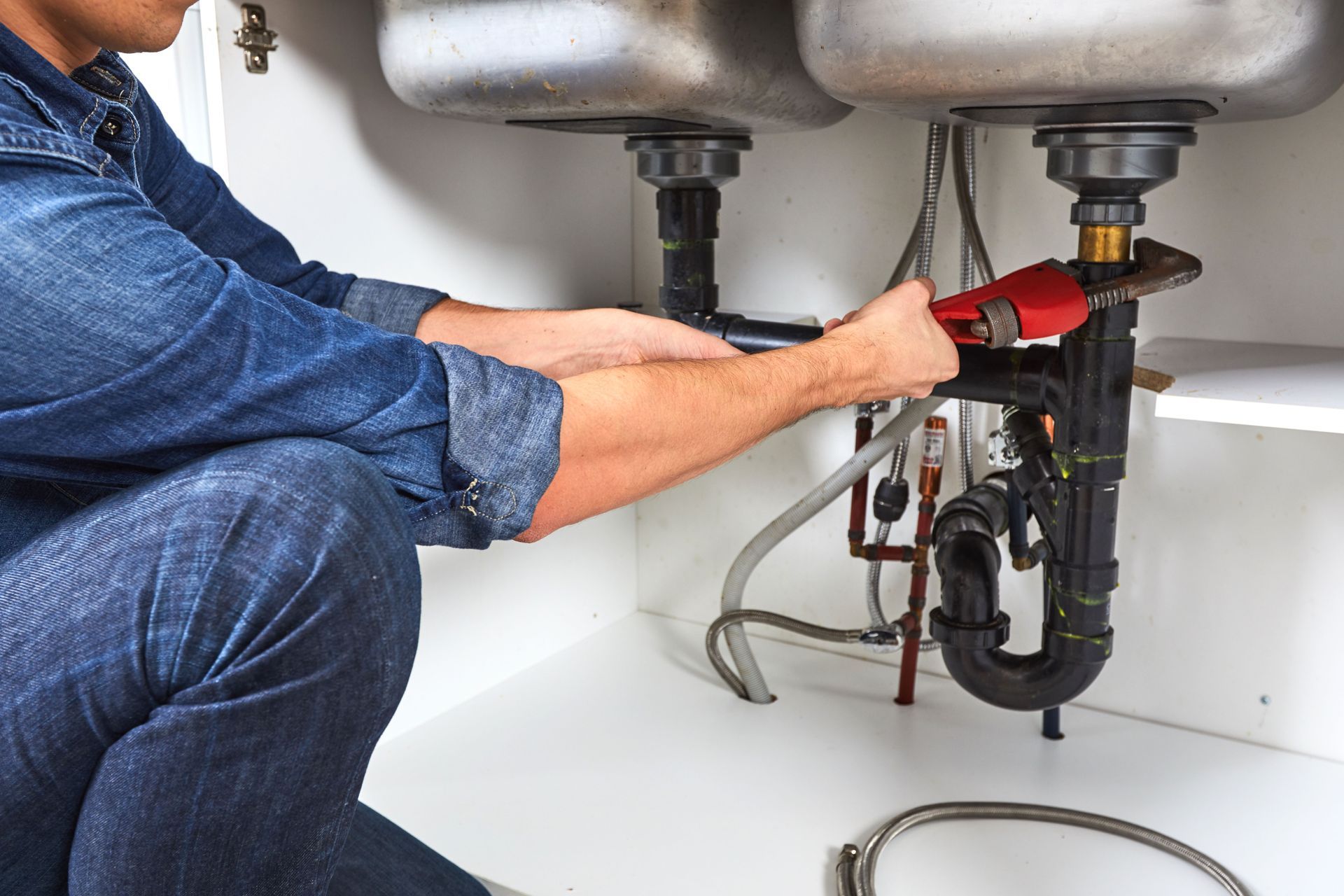
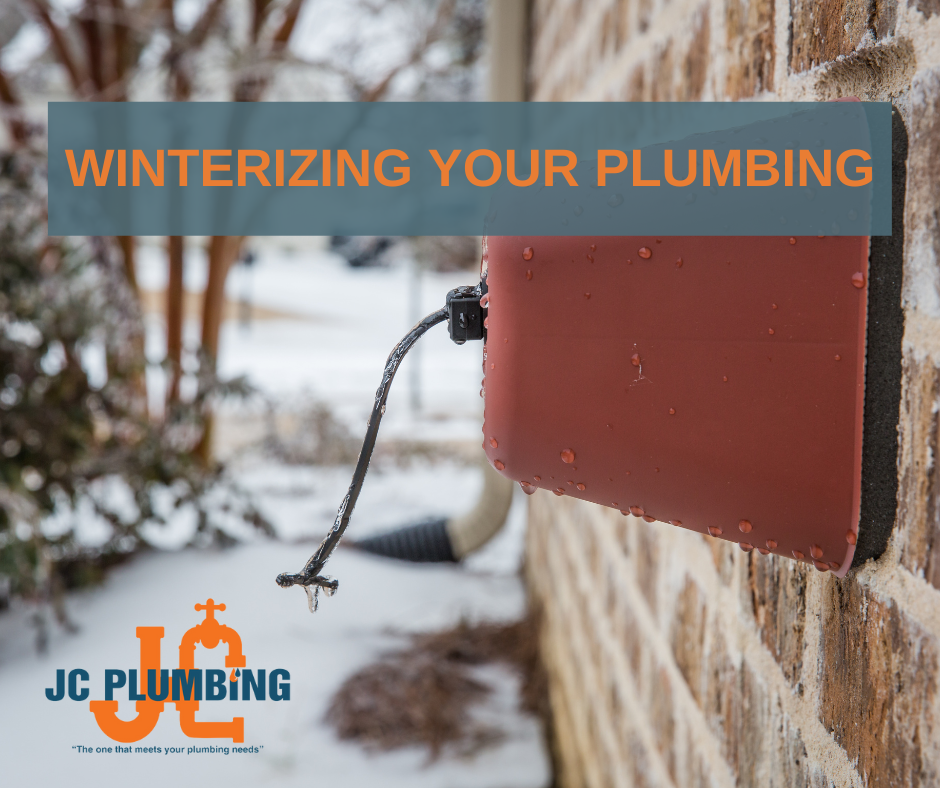

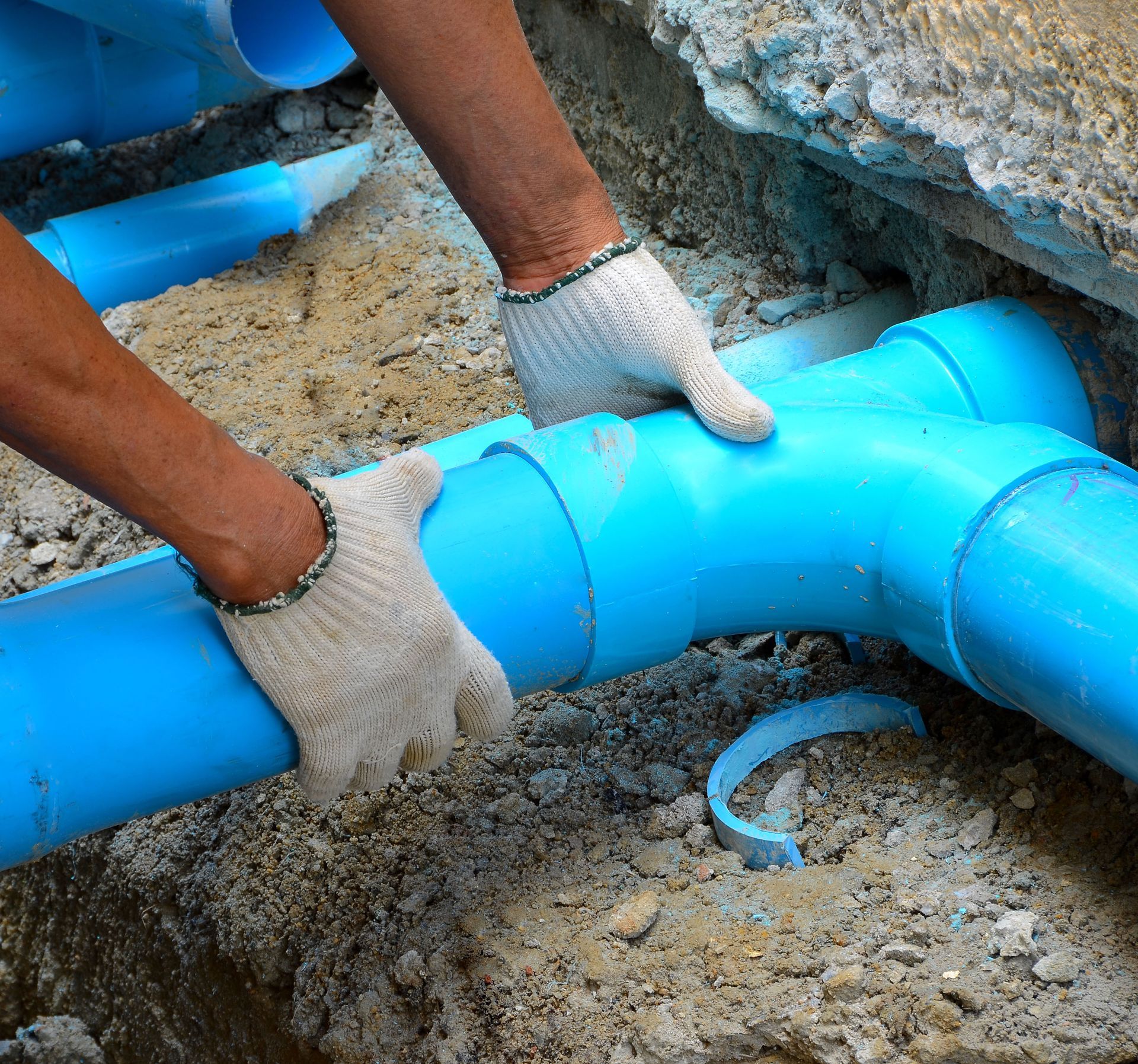

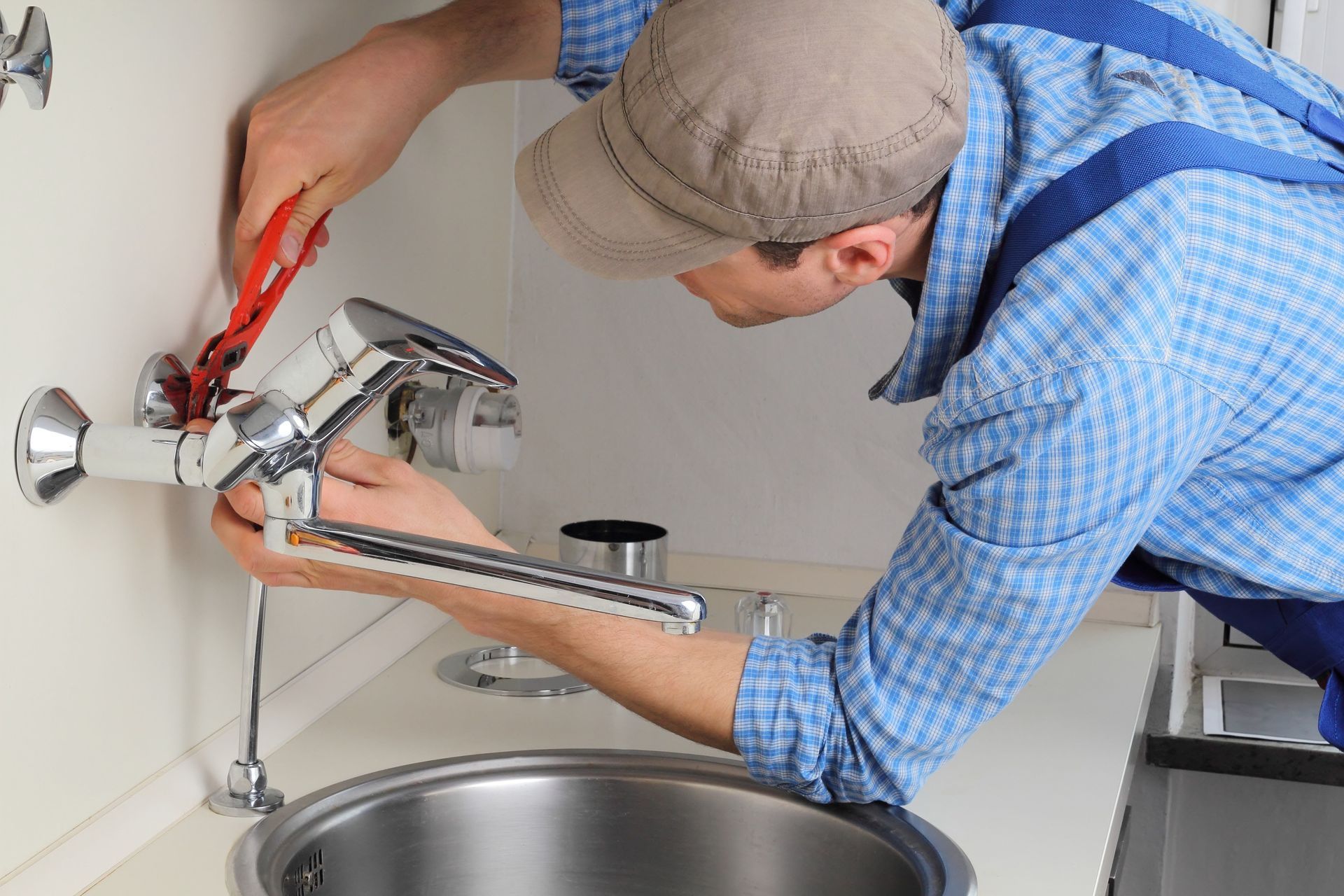
Share On: